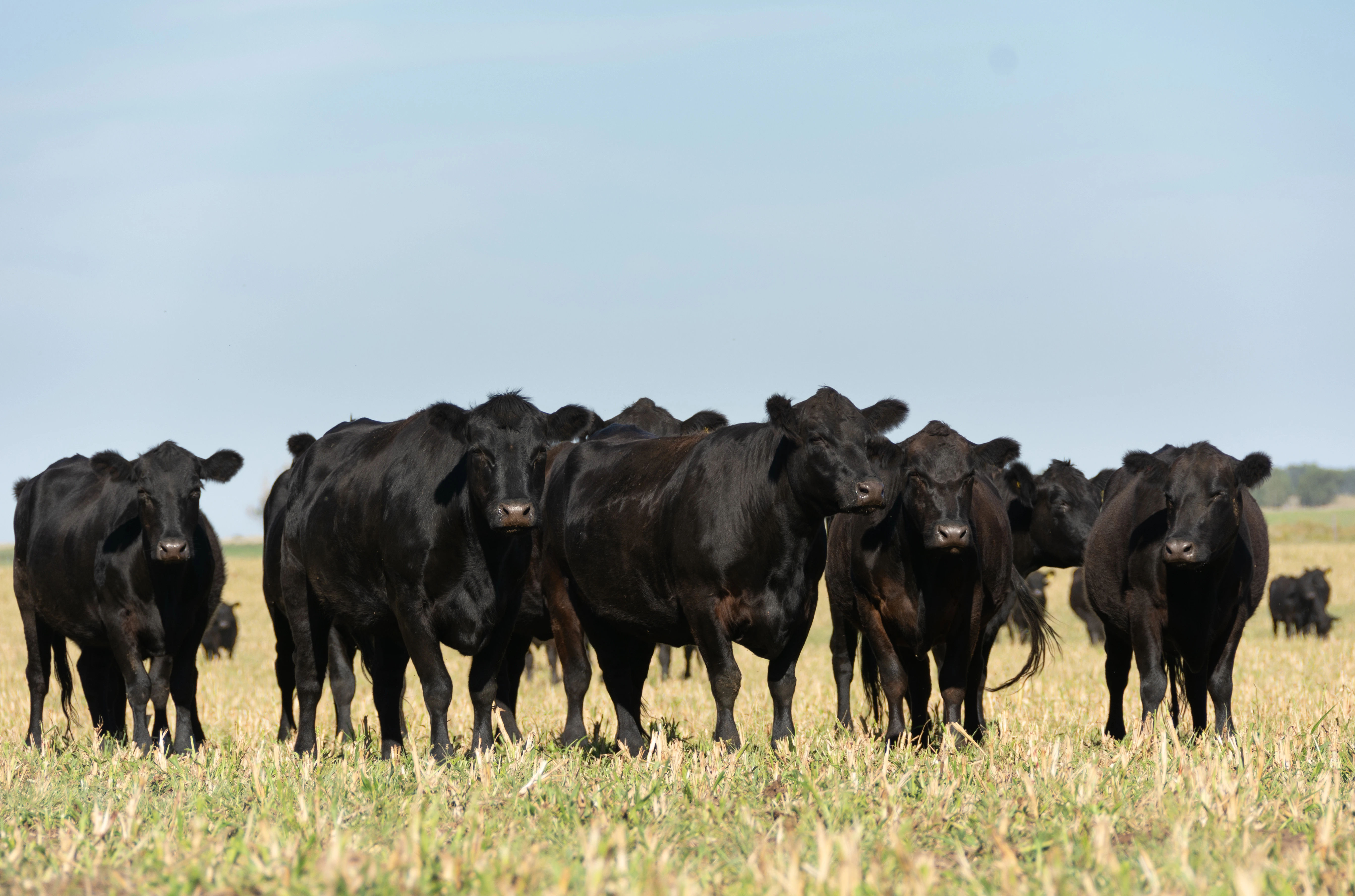
By Jared Schenkels, DVM, The Dairy Authority
Newborn calves need careful attention on their first day of life. These “Day One” protocols encompass a range of physical and health management practices that are designed to optimize calf health, growth, and productivity.
While every dairy is unique, we have a saying at The Dairy Authority -- “complexity kills execution.” Having a simple calf program that focuses on executional excellence is of paramount importance. In our experience, calf programs that can execute the fundamentals correctly outperform overly complicated programs that are inconsistently performed due to their complexity.
The 5 fundamentals of calf processing include: colostrum, identification, dehorning, vaccination, and navel dipping. In this piece, we’ll look at the foundation of lifelong calf immunity and health: colostrum.
The first step in processing a dairy calf is to ensure that it receives colostrum within the first few hours of life. Colostrum is rich in nutrients and antibodies that help protect the calf from disease. Here are some of the most important aspects to keep in mind when feeding colostrum to dairy calves:

- Timing: Colostrum should be fed to the calf as soon as possible after birth -- ideally within the first two hours. This is because the calf's ability to absorb antibodies declines rapidly after birth, and delaying colostrum feeding can significantly reduce the amount of immunity transferred to the calf.
- Quality: Colostrum quality can vary significantly between cows, and it is essential to ensure that the colostrum fed to calves is of high quality. This means that it should be free from pathogens, such as Johne's disease, and have a high concentration of antibodies. Utilizing a Brix refractometer to assess colostrum is a simple proxy measurement for the antibody levels within colostrum. Ideally, all colostrum feed to calves should be above 22%.
- Quantity: Calves need to receive an adequate amount of colostrum to ensure they receive sufficient antibodies and nutrients. As a general rule, they should receive at least 10% of their body weight in colostrum within the first 24 hours of life. So, an 85-pound calf, for example, should receive 8.5 pounds of colostrum, which is equivalent to about a gallon.
- Hygiene: Colostrum feeding equipment, such as tube feeders, should be cleaned and sanitized between feedings to prevent the spread of disease. We highly recommend performing monthly microbiology tests for coliform counts and standard plate counts (SPC) on raw colostrum and colostrum feeding equipment. The target for coliforms is 0 cfu/mL, and for SPC it’s <50 cfu/mL. You may see university and industry standards that post “acceptable” coliform and SPC counts considerably higher than these values. The levels we recommend are not only achievable, but also necessary if you want extraordinarily healthy, high-performing calves.
In our next two posts, we’ll look at the other factors that are critical to successful Day One processing of calves.
Read Part 2. here, on the vital steps for proper identification.








